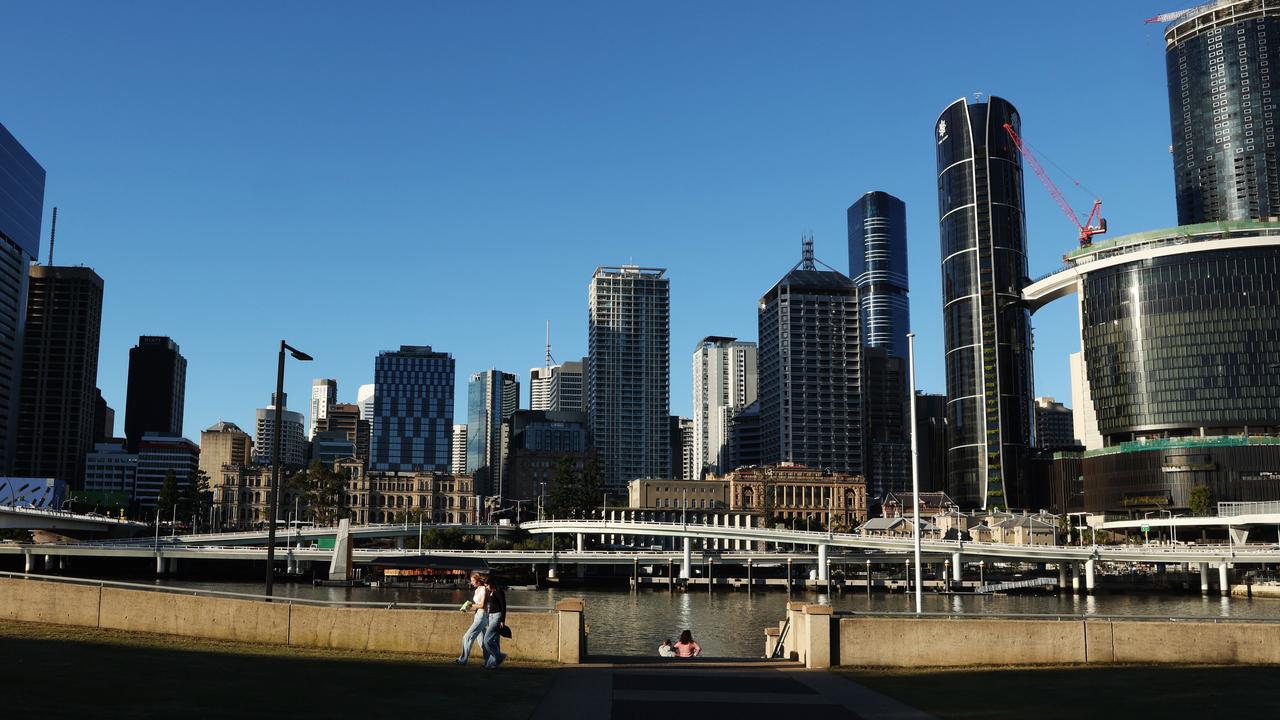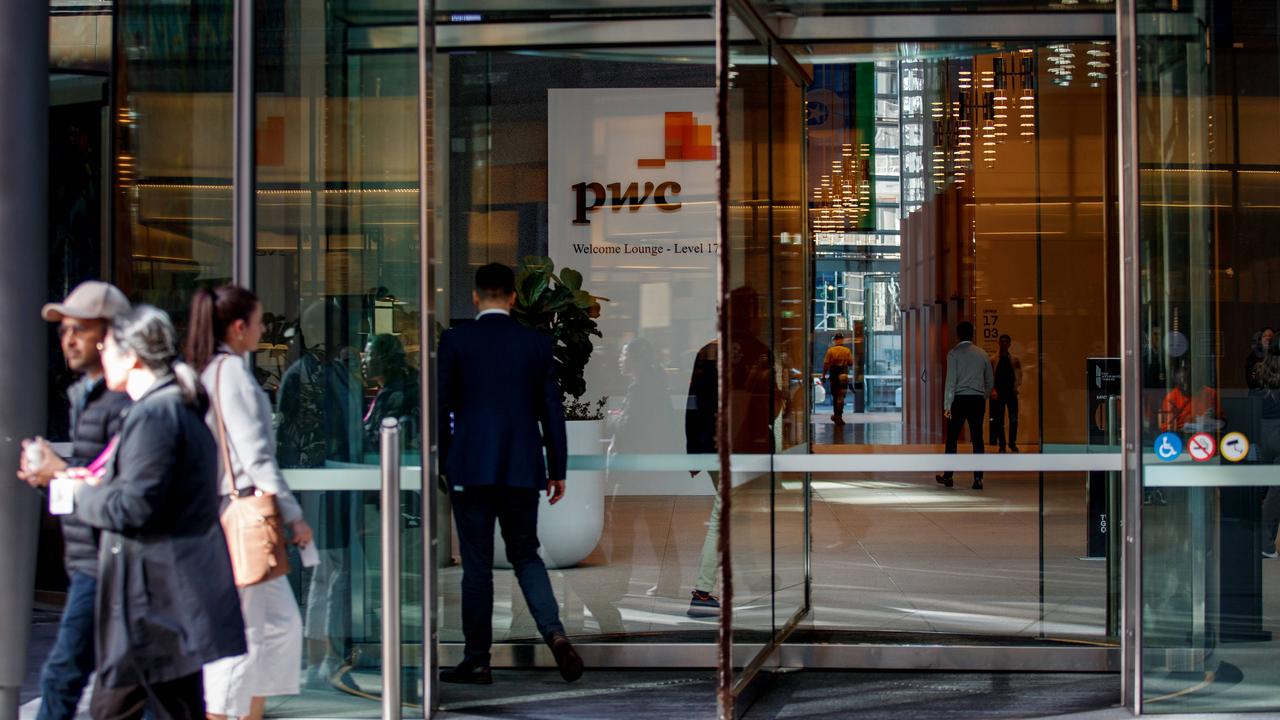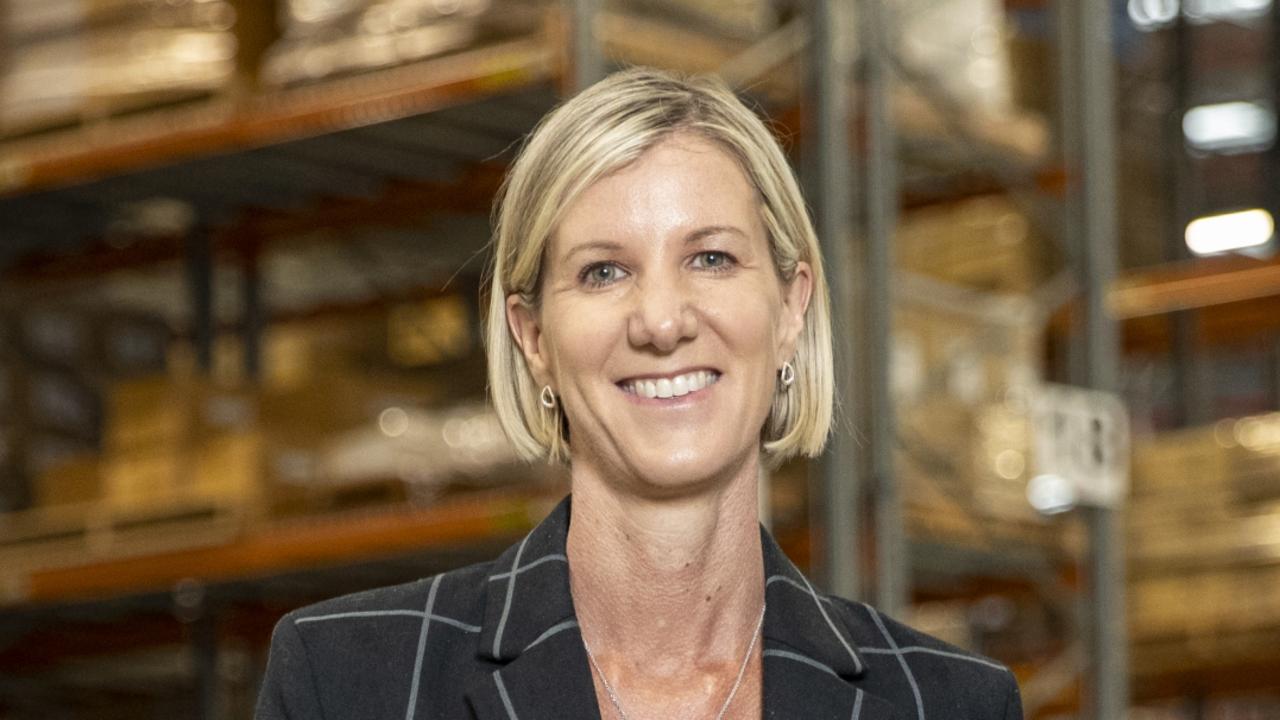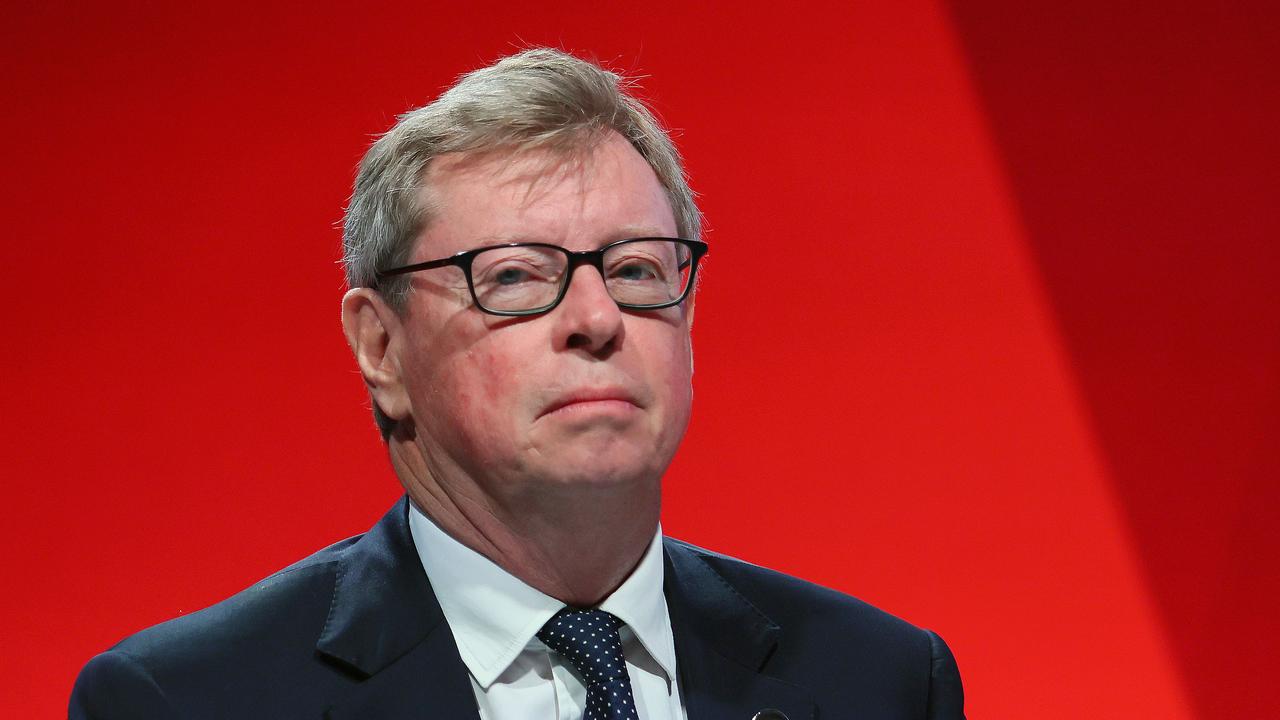How Qantas’ dual airline strategy is putting the squeeze on Virgin
New analysis of domestic airline routes shows how low-fares carrier Jetstar is eroding Virgin Australia’s market share and revenue.
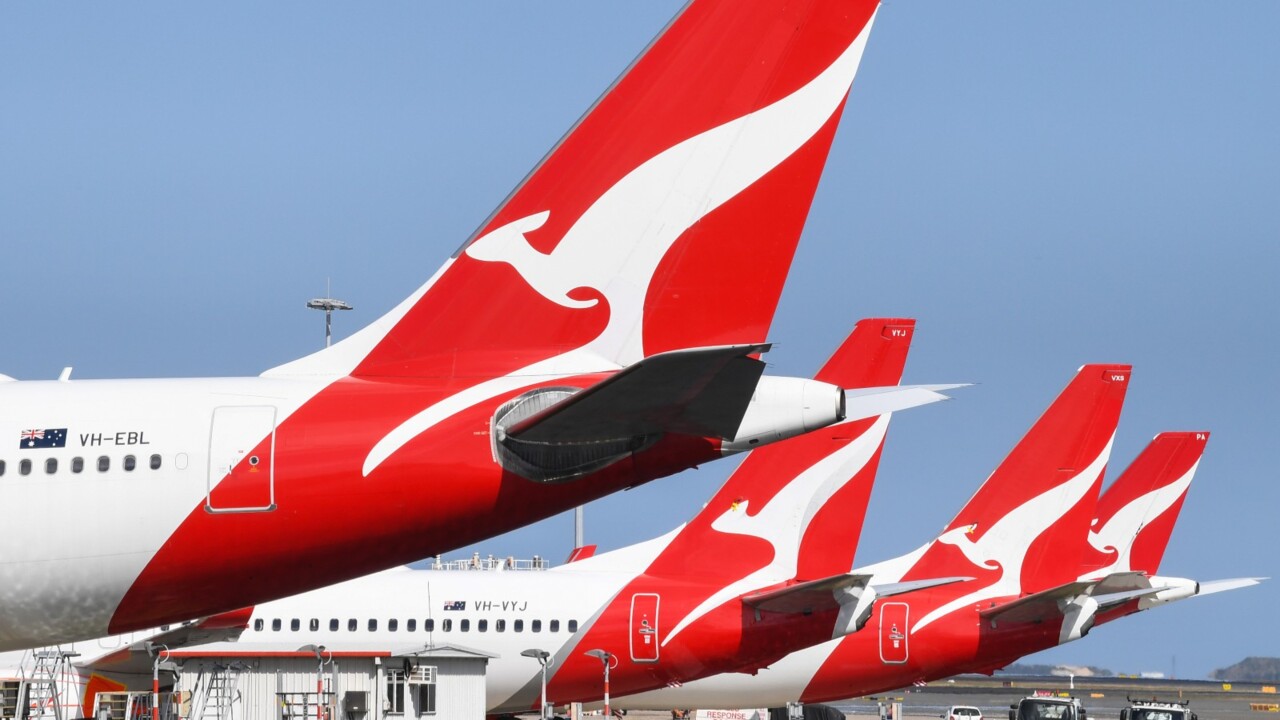
Business
Don't miss out on the headlines from Business. Followed categories will be added to My News.
More capacity being added by Jetstar on key domestic routes is starting to erode Virgin Australia’s revenue and market share, as price-sensitive business travellers seek out the lowest fare.
A new JPMorgan airlines’ report by analyst Anthony Longo highlighted how Jetstar had boosted capacity measured in average seat kilometres on Golden Triangle routes by 17 per cent in the year to June while Virgin Australia was unchanged.
The move appeared to have paid off handsomely for Jetstar and parent Qantas, with both increasing market share on the routes of Melbourne-Sydney and Brisbane-Melbourne at Virgin’s expense.
As a result it was estimated Qantas pulled in $161.8m in revenue for those routes in June to Virgin Australia’s $69.8m.
The gap grew considerably since December, when Qantas’ revenue was $157.8m and Virgin Australia’s $91.1m.
In March, Qantas collected $185.7m from travellers on Golden Triangle routes and Virgin Australia $99.7m.
Lower airfares contributed to the reduction in revenue across the board in June, but the report showed the real battle was being fought in the area of market share.
In the period from March to June Qantas increased its slice of the most lucrative routes in the country from 38.2 per cent to 39.3 per cent while low-fares partner Jetstar carried 20.5 per cent of passengers, up from 19.4 per cent.
At the same time Virgin Australia saw its chunk of the passenger pie slip from 33.8 per cent to 31.3 per cent.
The decline was sharpest on Melbourne-Sydney, considered one of the top five busiest routes in the world, with Virgin Australia seeing its market share dip to 29.6 per cent from 32.2 per cent in March.
In contrast Jetstar took its market share on what was typically a business route from 21.9 per cent to 23.5 per cent and Qantas from 37.4 per cent to 38.2 per cent.
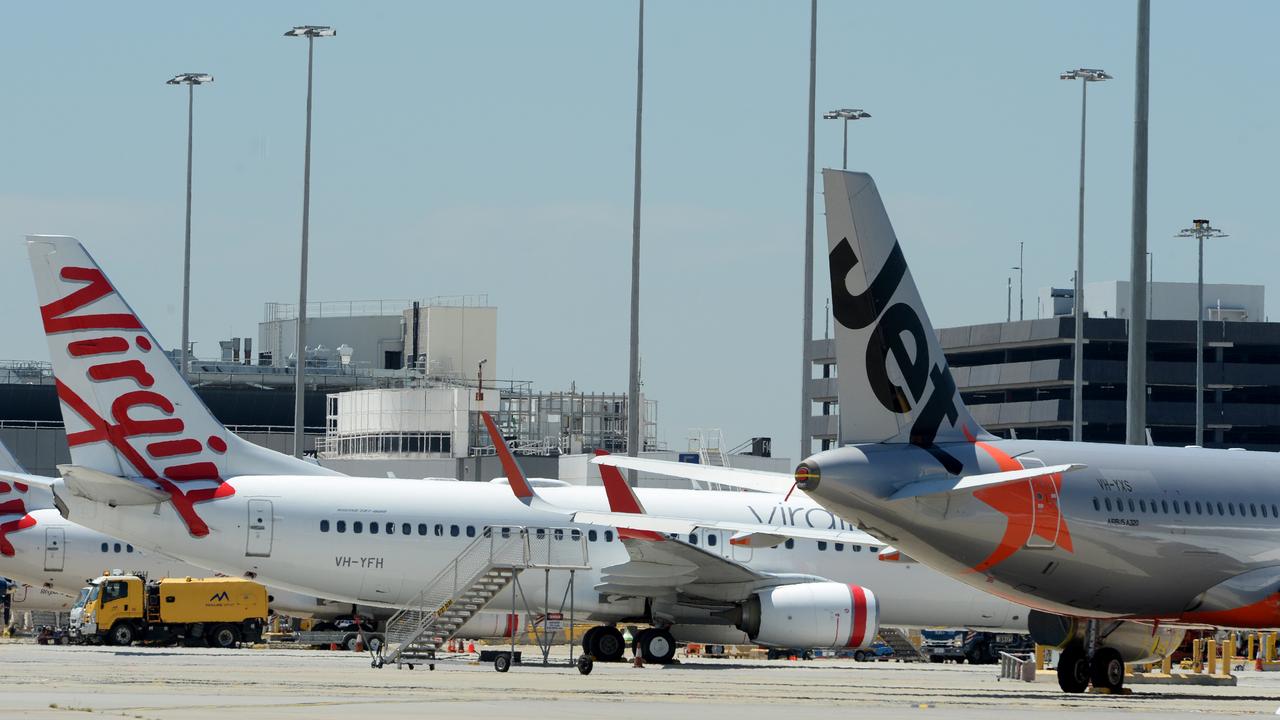
Revenue fluctuated accordingly, with Virgin Australia’s passenger yield only half that of Qantas at 24c per revenue seat kilometre to 47.6c.
In a worrying sign for Virgin, Jetstar planned to increase its capacity on domestic routes by a further 7 per cent by the end of December while Qantas pulled back slightly.
The JPMorgan report noted Virgin Australia was targeting an extra 3 per cent capacity by year’s end, with the help of additional Boeing 737s including three from the former Rex operation.
It’s understood Virgin Australia disagreed with the data used in the report as it differed markedly from their own.
The airline was due to deliver its full year results shortly with another solid profit expected.
The data came as debate continued over the state of competition in Australia’s domestic market following the demise of Bonza and Rex just three months apart.
Qantas chief executive Vanessa Hudson said historically it had been shown to be “very challenging” for three airline groups to operate sustainably in the Australian market, but she insisted competition was welcome.
“We have one of the most open domestic aviation markets in the world where any carrier 100 per cent foreign owned can set up so we expect competition to continue and emerge,” Ms Hudson said.
Flight Centre managing director Graham Turner said he hoped another viable competitor would enter the market but suggested it was “not going to be a quick process”.
“The Australian domestic market is a considerably large market,” Mr Turner told The Australian.
“Melbourne-Sydney is the fifth busiest route in the world so we could handle a third carrier but they’ll need to have a lot of experience in running an airline and have deep pockets, there’s no doubt about that.”
More Coverage
Originally published as How Qantas’ dual airline strategy is putting the squeeze on Virgin




